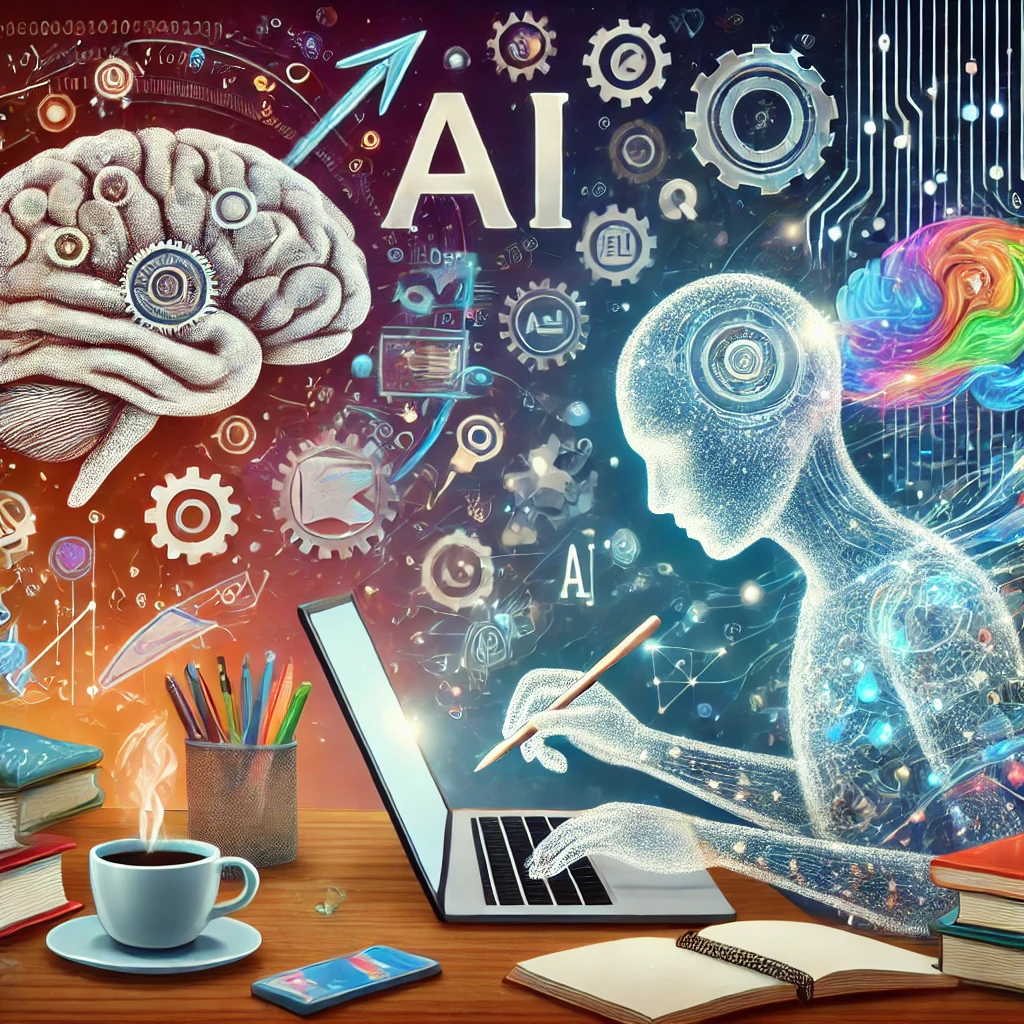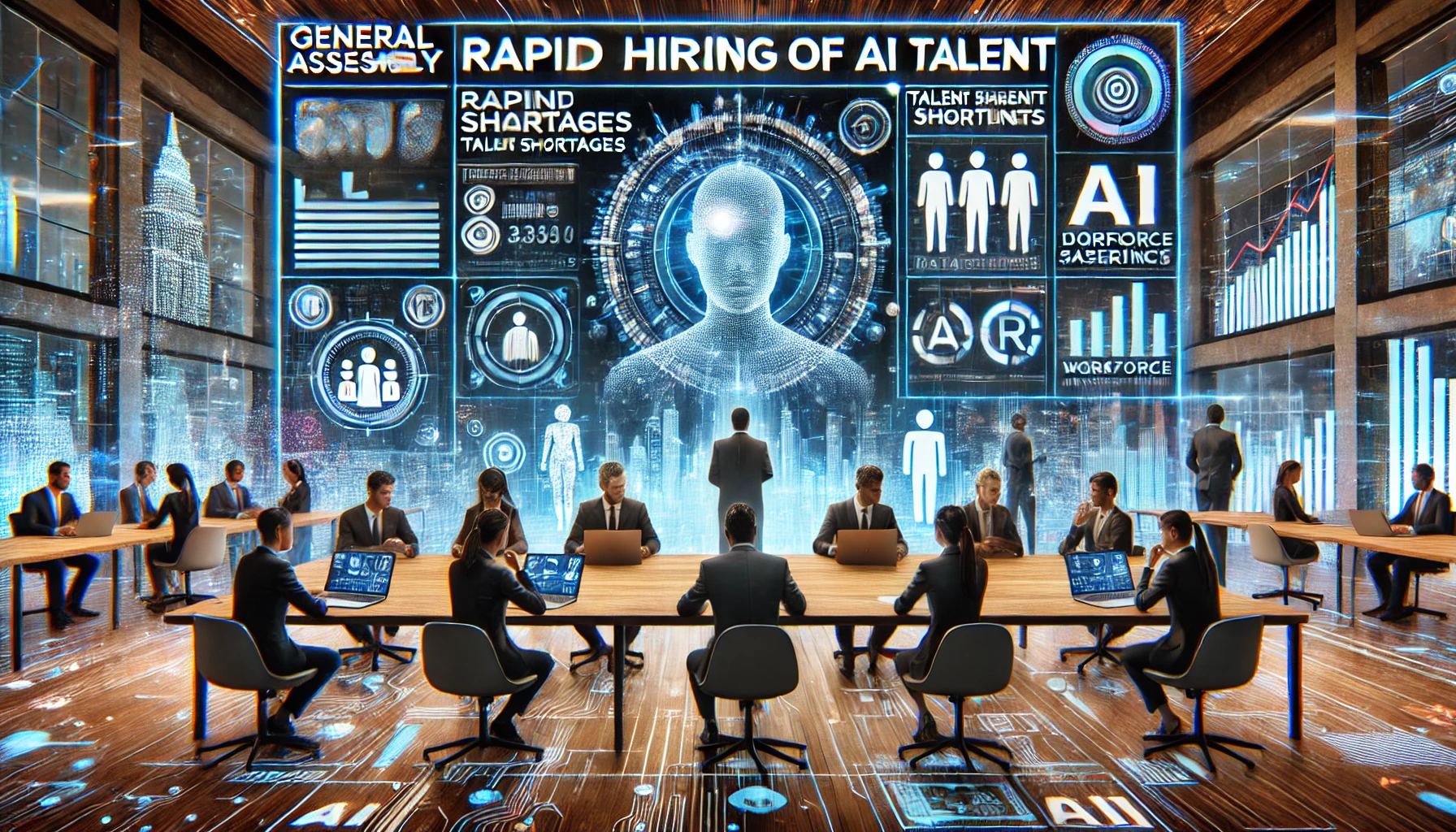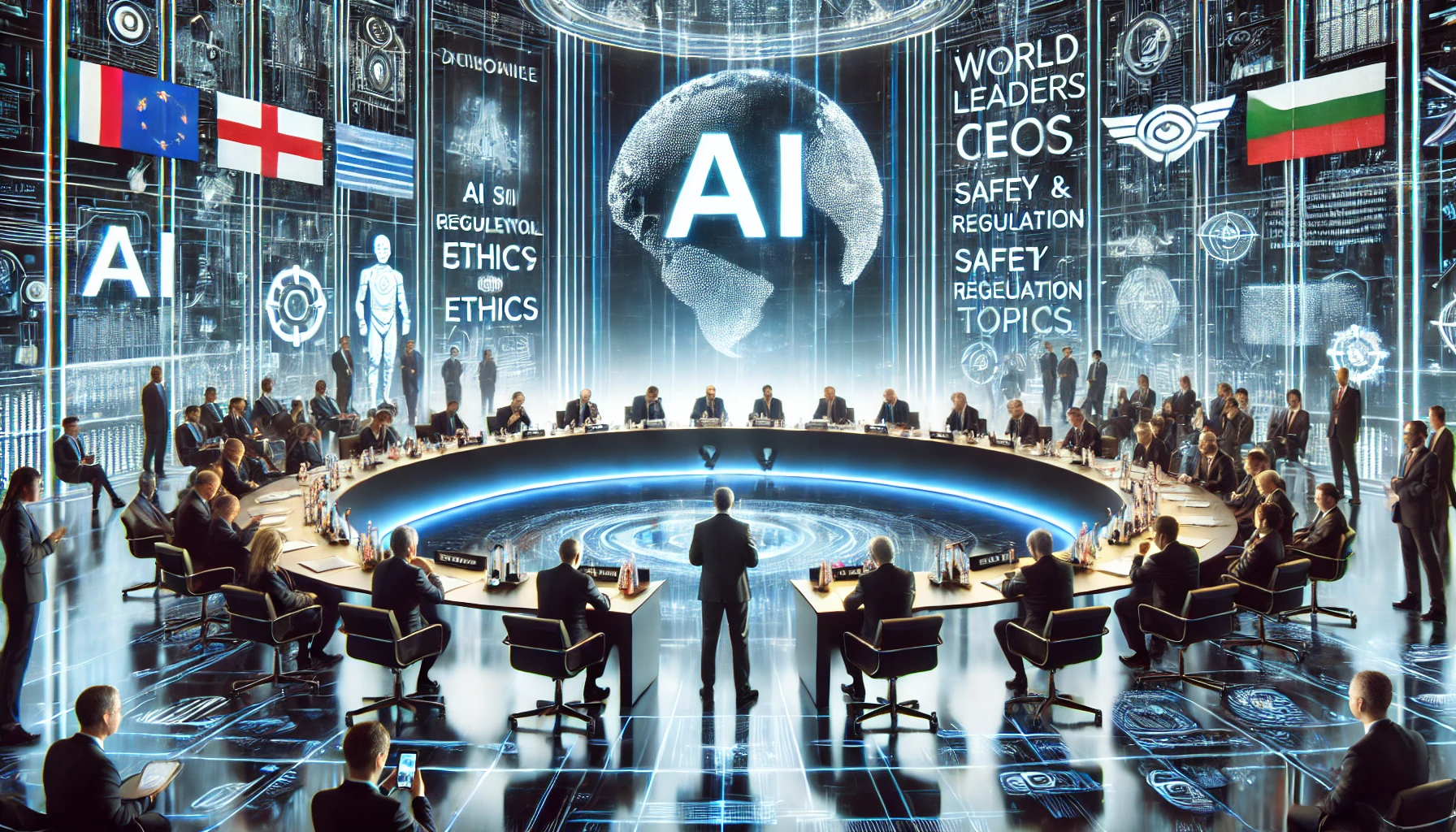As artificial intelligence (AI) continues to revolutionize various industries, one area where its impact is particularly significant is in the realm of writing. AI writing tools, capable of generating articles, marketing copy, and even creative content, are becoming increasingly sophisticated and popular. This raises an important question: can AI writing tools and human writers coexist, or are we headed toward a future where one will replace the other?
The Rise of AI Writing Tools
AI writing tools, such as OpenAI’s GPT-4, Jasper, and Copy.ai, have rapidly gained traction in recent years. These tools can generate text quickly, handle repetitive tasks, and even mimic different writing styles. For businesses, they offer a cost-effective way to produce content at scale, while for individuals, they provide a handy assistant for brainstorming ideas, creating drafts, or refining text.
From news articles and blog posts to social media content and product descriptions, AI is helping create a massive amount of content. However, despite their capabilities, AI tools are not without limitations. They often lack the nuanced understanding of human experiences, emotions, and cultural context that human writers bring to their work.
Strengths of Human Writers
Human writers possess unique qualities that AI cannot replicate. They bring creativity, empathy, and emotional intelligence to their work, crafting stories that resonate with readers on a deeper level. Human writers can also draw from personal experiences, cultural knowledge, and critical thinking skills to produce content that is insightful, meaningful, and reflective of the human condition.
Moreover, human writers excel at interpreting complex ideas and tailoring content to specific audiences in ways that AI tools, which rely on patterns from existing data, might struggle to achieve. They can navigate sensitive topics with the appropriate tone, understand nuances that go beyond data, and engage with readers through humor, irony, or persuasive argumentation.
Opportunities for Collaboration
The coexistence of AI writing tools and human writers does not have to be a zero-sum game. In fact, there are numerous opportunities for collaboration that can enhance the writing process.
- Efficiency and Productivity: AI tools can handle repetitive and time-consuming tasks, such as generating first drafts, creating outlines, or summarizing large amounts of data. This frees up human writers to focus on more creative and strategic aspects of writing, such as refining narratives, developing unique angles, and adding depth and personality to content.
- Enhanced Creativity: AI can serve as a creative partner, helping writers brainstorm ideas, suggest new topics, or provide different perspectives. By generating alternative phrasings or exploring a range of styles, AI tools can stimulate creativity and help writers overcome writer’s block.
- Quality Improvement: AI tools can assist with editing and proofreading by detecting grammar errors, suggesting improvements, and ensuring consistency in tone and style. They can also help analyze content for readability and SEO optimization, enhancing the overall quality and reach of the written work.
Challenges to Overcome
Despite the potential for collaboration, the integration of AI writing tools into the creative process is not without challenges. There are concerns about the ethical use of AI, such as the potential for bias in AI-generated content or the risk of misinformation. Additionally, some worry that an overreliance on AI could lead to a decline in the demand for human writers, particularly for routine or low-cost content.
Furthermore, there is the issue of originality and authenticity. While AI can mimic human writing styles, it cannot truly replicate the originality and authenticity that comes from a human perspective. As a result, there is a risk that content produced with heavy AI involvement may lack a genuine voice or feel overly mechanical.
Striking the Right Balance
For AI writing tools and human writers to coexist successfully, it is essential to strike the right balance between automation and human input. AI should be viewed as a tool that complements, rather than replaces, human creativity. By leveraging the strengths of both AI and human writers, content creators can produce high-quality work that is both efficient and emotionally engaging.
Organizations should consider AI as an assistant that supports human writers in their craft, rather than a substitute. This approach not only preserves the unique value that human writers bring but also fosters a more dynamic and innovative writing environment.
Looking Ahead
As AI writing tools continue to evolve, their role in the writing process is likely to expand. However, human writers will remain crucial for producing content that requires empathy, creativity, and cultural insight. The future of writing lies in a harmonious partnership between AI and humans, where each enhances the other’s capabilities.
By embracing this coexistence, we can unlock new possibilities in storytelling, content creation, and communication—ensuring that the power of both human creativity and AI innovation is fully realized.





